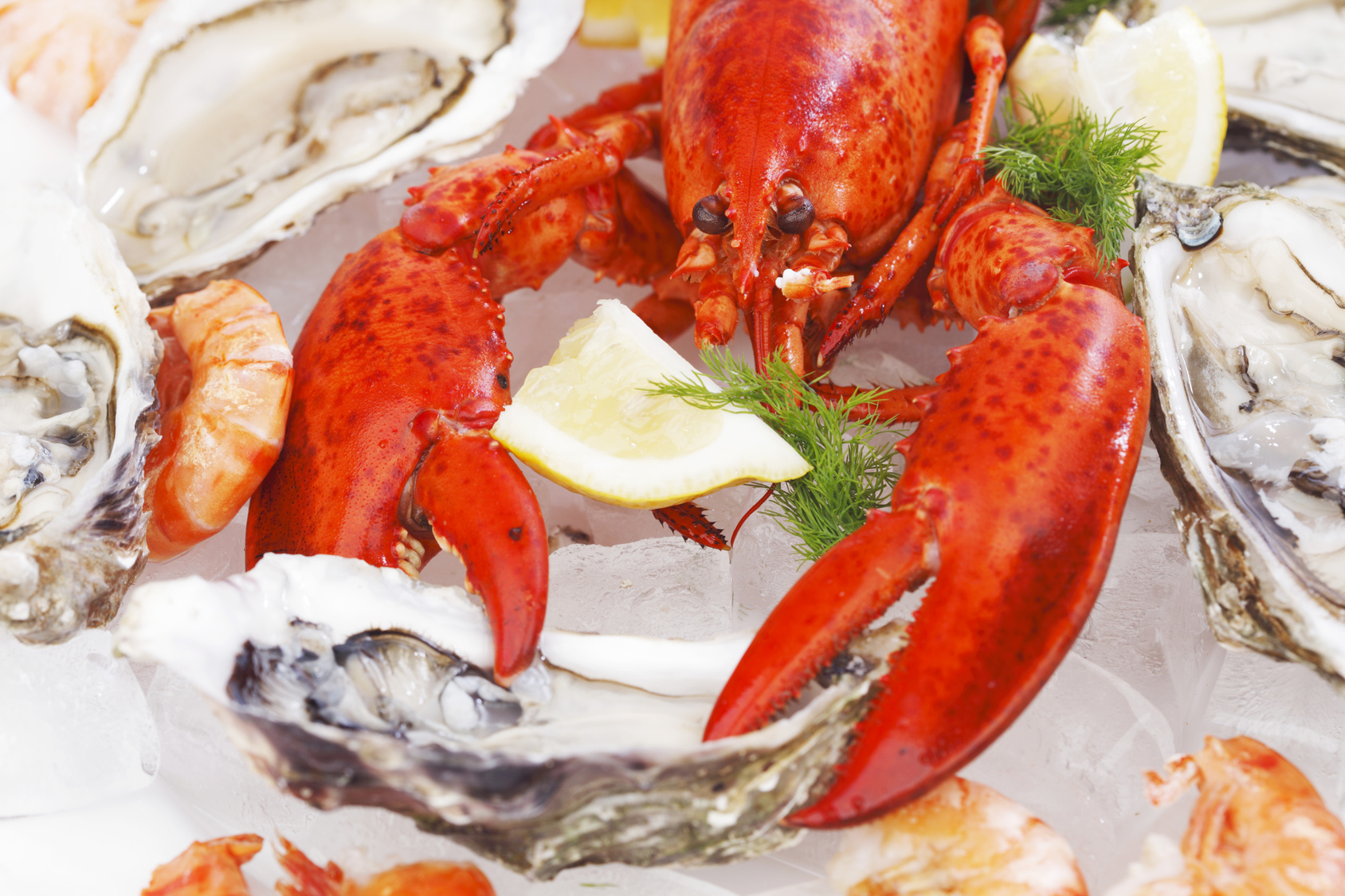Strong lobster supplies may put pressure on prices

Good catches in Canada and the US Northeast as well as in Australia may increase supplies to the North American market and consequently put pressure on prices. In Europe and China, demand for lobster appears to be growing.
North American lobster exporters can breath easily again, as the European Commission has informed Sweden that it will not propose that American lobster (Homarus americanus) be listed as an invasive species and thus be banned on the European market. The dispute, which was initiated by Sweden after 32 American lobsters were found in its waters, has been ongoing for most of 2016, and has now apparently been put to rest. However, Swedish officials say they will continue pursuing this issue regionally.
In the UK, the popularity of lobster is increasing, partially as a result of the successful launch of the inexpensive 'Burger & Lobster' restaurant chains. The consequence, according to The Financial Times, may be that lobster prices will increase. The Burger & Lobster restaurant chain was launched in London in 2011, and has been a success with its affordable lobster prices, especially for its lobster roll. The strong demand is helping push prices upwards, and lobster prices are currently at an 11-year high. Paradoxically, it was the 2008–2009 lobster crisis in the USA that prompted the development of affordable lobster in restaurant chains. In 2009, lobster prices fell to US$3.70 per lb, and this triggered growth in demand in Europe and particularly in Asia.
Supplies
According to Australian marine researchers, Western Australian lobster stocks appear to be at record high levels. A three-year research project, which tagged 15 000 lobsters, suggests that stocks have not been this high for almost 50 years. This is good news and could lead to higher quotas for lobster fishers. Western Australia moved to a quota based fishery in 2010–2011, and the research will be used as a basis for setting future quotas.
In North America, New Brunswick lobster landings in Grand Manan are up by as much as 10 percent this year, according to the Grand Manan Fishermen’s Association. The catches in inshore areas have been of good quality hardshell lobster. Offshore catches have been weaker. Prices are also strong, but this has been helped by the high value of the US dollar.
Lobster represented the highest value catch of the USA in 2015, according to a new report released by the National Marine Fisheries Service (NMFS). The value of lobsters landed amounted to US$679.2 million, followed by crab (US$678.7 million), and shrimp (US$488.4 million).
International trade
During the first three quarters of 2016, global trade in lobsters dropped by about 5 percent, to just under 100 000 tonnes. The largest importers were the USA, which imported 35 900 tonnes during this period, followed by Canada (19 600 tonnes) and China (15 200). Both Canada and China showed increasing imports compared with the same period in 2015, while the USA registered a 9.1 percent decline.
As in all previous years, the main supplier to the USA was Canada, however Canadian exports to the USA dropped from 33 600 tonnes to 30 400 tonnes. China exported 260 percent more lobsters to the USA, albeit from a low base of just 500 tonnes in the first three quarters of 2015.
Canada and the EU signed the Comprehensive Economic and Trade Agreement in October 2016, and this is expected to lead to a boost in exports of a number of products from Canada to the EU, including lobsters. EU import tariffs on seafood will be greatly reduced, and tariffs will be zero, which means a significant drop from 20 percent on processed lobster, from 16 percent on frozen lobster and from 8 percent on live lobster. Thus, Canadian exporters will gain access to a market of more than 435 million consumers at greatly improved conditions.
Prices
Prices for Newfoundland and Labrador lobster remain high and thus the high price trend over the past two years for this lobster continues. In early November 2016 there was a slight reduction in prices, but they bounced back and as of December 2016, are US$0.96 higher than at the same time in December 2015. At the end of November the price was $5.39 per lb.
For US lobster, sources predict that prices will soon drop as more fishing areas are opened up in Canada. It is expected that landings from these various areas, such as lobster fishing areas 33 and 34 in Nova Scotia, will increase supplies sharply and consequently put pressure on prices. Canada’s overall lobster production is in the range of 60 000–70 000 tonnes annually, and as much as two thirds could come from these areas. According to traders in Boston, prices have already started to slide, and that they are expected to drop to as low as US$4.00 per lb.
In Europe, lobster prices follow a very seasonal pattern, peaking just before Christmas. This is also the case for 2016, although prices have not yet reached quite the same level as 2015’s.
The report analyses the market situation over the period January-December 2016

